James Webb Space Telescope: Full Guide Facts
-
Mahi
- NightSky
- No Comments
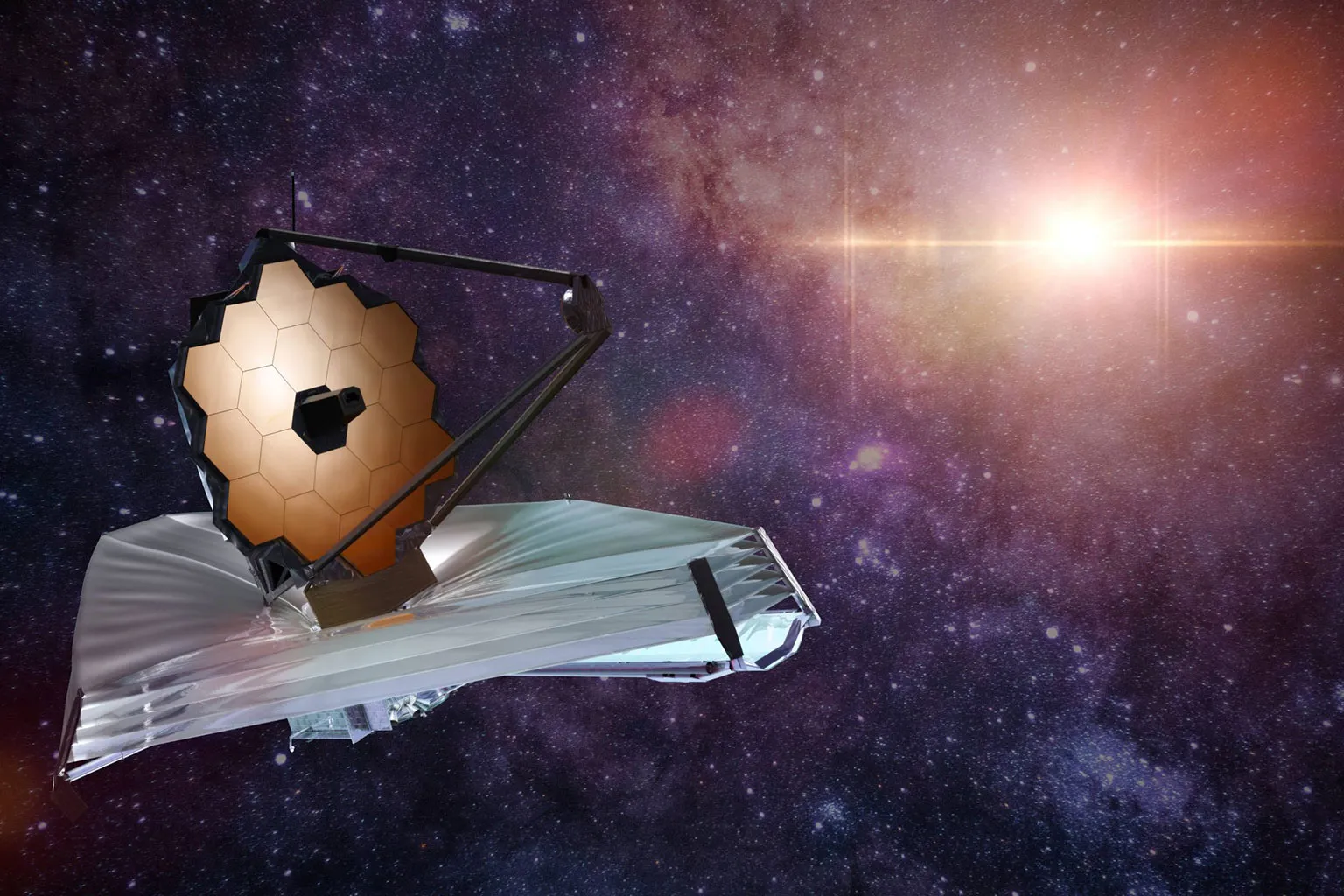
Table of Contents
The James Webb Space Telescope, launched by NASA in December 2021, is the most advanced space science telescope ever created. Designed to look deeper into the universe than any telescope before it, this infrared space telescope observes everything from the birth of stars to light from the oldest known galaxies, helping scientists explore how the universe began and continues to evolve.
In this complete guide by DubaiTelescope, we'll explain how this next-generation telescope works, what sets it apart from past observatories like Hubble, and what incredible discoveries it's made so far.
Whether you're passionate about astronomy or just curious about space, this article will help you appreciate one of the greatest achievements in modern science.
What Is the James Webb Space Telescope and Why Is It Important?
The James Webb Space Telescope (JWST) is the most advanced infrared space telescope ever built. Unlike the Hubble Telescope, which primarily detects visible light, the JWST detects infrared light, a type of light that enables it to see through dust clouds and capture images of very distant and ancient parts of the universe.
Its unique orbit, 1.5 million kilometers from Earth at a point called Lagrange 2 (L2), keeps it cold, stable, and perfectly positioned to detect faint signals from deep space without interference.
This powerful technology allows the James Webb Space Telescope to observe the first galaxies formed after the Big Bang, track the birth of new stars, and even study the atmospheres of planets outside our solar system.
JWST's ability to look back over 13 billion years in time offers valuable insights into the early cosmos and brings new possibilities to exoplanet research, helping experts identify planets that might harbor water, air, and possibly life. In short, the James Webb Space Telescope is not just another observatory; it’s a game-changer that opens an entirely new window into the universe.
Challenges of JWST
While the James Webb Space Telescope has achieved extraordinary success, its mission isn't without significant challenges. Operating a telescope 1.5 million kilometers from Earth presents unique hurdles, from maintaining its incredibly cold operating temperature to managing the vast amount of data it collects.
Unlike Hubble, JWST isn't designed for on-orbit servicing, meaning any issues with its instruments or components must be addressed remotely or cannot be fixed at all. This highlights the immense precision and planning that went into its construction and deployment.
Despite these complexities, the future of the James Webb Space Telescope is incredibly promising. Scientists worldwide are eagerly submitting proposals for observation time, ensuring a rich pipeline of discoveries for years to come.
Future research will likely push the boundaries even further, exploring in greater detail the atmospheres of potentially habitable exoplanets, searching for even earlier galaxies, and unraveling more mysteries of dark matter and dark energy.
The continuous advancements in data analysis techniques will also unlock new insights from the treasure trove of information JWST is sending back. The telescope's ongoing performance and the scientific community's ingenuity mean JWST will continue to redefine our understanding of the cosmos, inspiring new generations of scientists and engineers.
James Webb vs. Hubble: What’s the Real Difference?
The Hubble Space Telescope, launched in 1990, was a groundbreaking achievement, orbiting about 550 kilometers above Earth and providing detailed images in visible and ultraviolet light. Hubble has helped scientists discover key facts about the universe, including its expansion rate and the existence of black holes.
However, Hubble has limits. It cannot see through thick clouds of cosmic dust that block many parts of space. This is where the James Webb Space Telescope excels.
Positioned much farther away at L2, JWST observes primarily in the infrared spectrum, which can pass through cosmic dust clouds. This allows Webb to see objects too old, cold, or hidden for Hubble to detect, such as the very first galaxies formed just a few hundred million years after the Big Bang.
Here are key differences that highlight why the James Webb Space Telescope is a major leap forward:
- Light Spectrum: Hubble uses visible and ultraviolet light, while Webb focuses on infrared light, allowing it to peer through dust and observe cooler, more distant objects.
- Location and Orbit: Hubble orbits relatively close to Earth, whereas Webb’s position at L2 provides a perfect, cold environment to detect faint infrared signals.
- Mirror Size: Hubble’s mirror is 2.4 meters wide, while Webb’s huge segmented mirror spans 6.5 meters. This larger size lets Webb collect significantly more light, making it far more sensitive.
- Technology and Instruments: Webb is equipped with state-of-the-art infrared detectors, spectrometers, and cameras designed specifically for deep space, enabling unprecedented clarity in studying exoplanet atmospheres, star formation regions, and early galaxies.
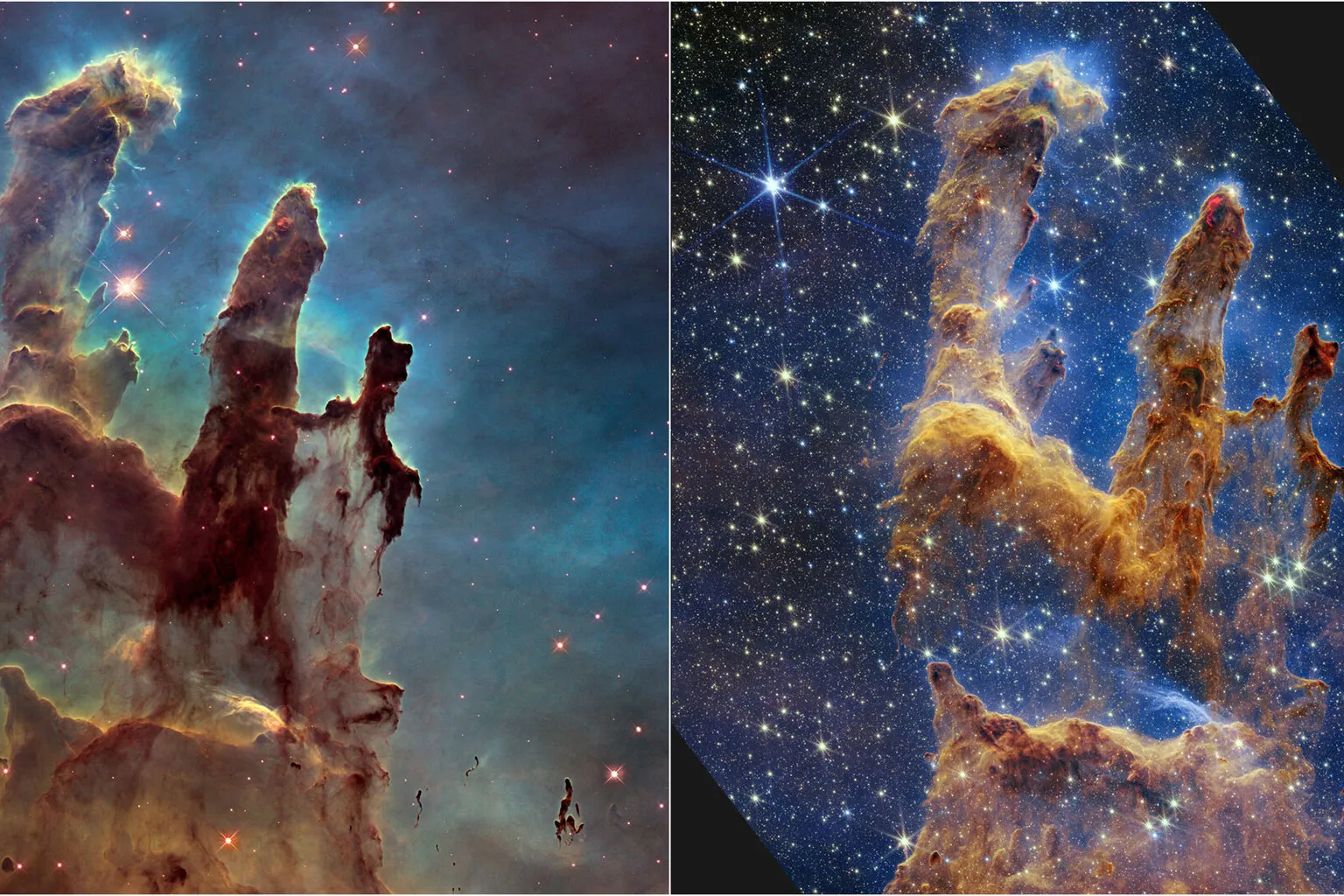
Together, the Hubble Space Telescope and the James Webb Space Telescope provide complementary views of the cosmos. Hubble excels at capturing breathtaking visible light images of nearby stars and galaxies, while JWST reveals hidden, ancient corners of the universe invisible to Hubble. This partnership helps scientists build a more complete picture of our universe’s past, present, and future.
James Webb vs Hubble: Comparison Chart
| Feature | Hubble Space Telescope | James Webb Space Telescope |
|---|---|---|
| Launch Year | 1990 | 2021 |
| Orbit Location | About 550 km above Earth | 1.5 million km away at Lagrange Point 2 (L2) |
| Light Spectrum | Visible and Ultraviolet | Infrared |
| Mirror Size | 2.4 meters | 6.5 meters (segmented mirror) |
| Primary Purpose | Observing nearby stars, galaxies, and black holes | Studying early galaxies, star formation, and exoplanet atmospheres |
| Observation Ability | Captures visible and UV light images | Sees through cosmic dust using infrared light |
| Major Achievements | Stunning images of galaxies, black holes, and nebulae | Discovery of the earliest galaxies, exoplanet atmospheres, and star formation regions |
How the James Webb Space Telescope Works
The James Webb Space Telescope is built to study the farthest parts of the universe by focusing on infrared light, a type of heat energy. This allows scientists to see objects hidden behind dust or located billions of light-years away, effectively looking back in time to the early universe, just a few hundred million years after the Big Bang.
A key innovation of this deep space observatory is its massive gold-coated primary mirror, made of 18 hexagonal segments that unfold in space. Together, they form a mirror over 6.5 meters wide, much larger than Hubble’s.
This allows the telescope to collect significantly more light, leading to clearer and deeper images. The mirror reflects light into advanced infrared sensors, where it’s converted into images and data for analysis.
To function properly, the NASA Webb mission placed the telescope in a very stable spot in space called Lagrange Point 2 (L2), about 1.5 million kilometers from Earth. This unique location keeps the telescope cold, shaded from the Sun, and free from Earth’s heat and light, enabling it to detect even the faintest signals from the cosmos.
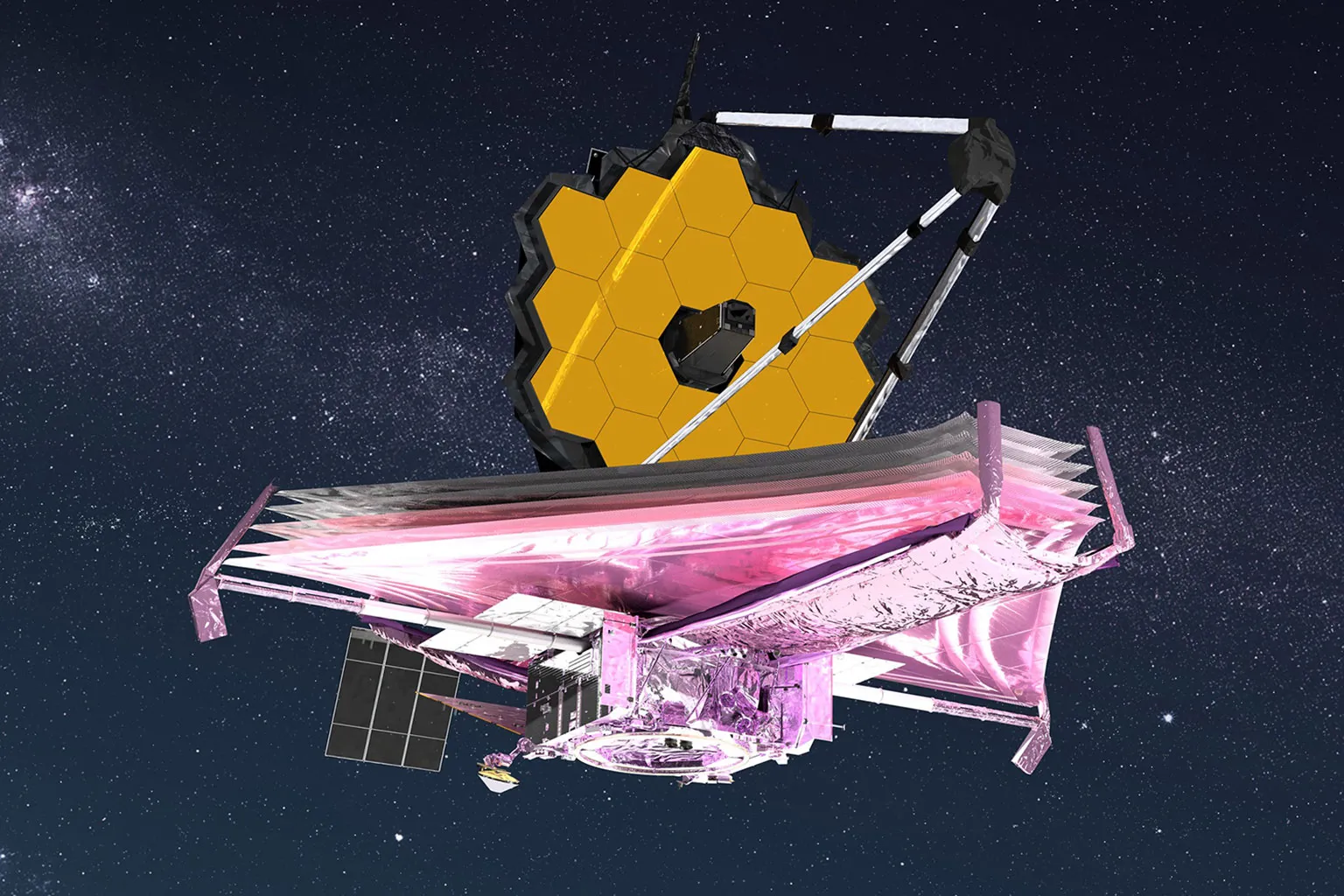
Top 5 Discoveries Made by the James Webb Space Telescope So Far
The James Webb Space Telescope (JWST) has transformed our understanding of the universe by uncovering details we’ve never seen before. Here are five groundbreaking discoveries reshaping space science:
- First Detailed View of the Oldest Galaxies: JWST captured light from galaxies formed just 300 million years after the Big Bang, making them the oldest galaxies ever observed. These images provide valuable clues about how the first galaxies were born and evolved.
- Detection of Water in Distant Exoplanets: JWST has identified water vapor in the atmospheres of far-off exoplanets, including those in the habitable zone. This discovery brings us closer to answering the question: Are we alone in the universe?
- Unveiling Planet Formation in Action: Webb provided stunning images of protoplanetary disks, where planets are forming around young stars. For the first time, astronomers can watch the stages of planet birth, helping us understand the origins of our solar system.
- High-Resolution Images of Dying Stars: The telescope captured crystal-clear views of planetary nebulae, showing how elements like carbon, oxygen, and iron are released into space, materials essential for forming new planets and life.
- In-Depth Study of Exoplanet Atmospheres: Using its infrared tools, JWST analyzes the chemical makeup of giant exoplanet atmospheres, detecting gases like carbon dioxide, methane, and sulfur compounds. This is a major step forward in understanding the climates of other worlds.
These discoveries provide humanity with its clearest view of the universe yet, adding new pieces to the puzzle of how the cosmos works, from the birth of galaxies to the search for life beyond Earth.
How the James Webb Space Telescope Is Shaping the Future of Space Exploration
The James Webb Space Telescope is more than just a tool; it's the foundation of a new era in deep space observatory science. By observing the early universe, Webb is helping scientists refine models of galaxy formation and cosmic structure, inspiring the next generation of space missions.
One of its most promising impacts is in exoplanet research with JWST. The ability to study the atmospheres of distant worlds in such detail opens the door for identifying potentially habitable planets, guiding future telescopes to target specific planetary systems more accurately.
From a technological standpoint, the NASA Webb mission showcases what’s possible when science and engineering converge at the highest level, setting the standard for future next-generation telescopes.
In the long run, the James Webb Space Telescope is helping redefine humanity’s relationship with space. Each discovery adds to our understanding of the life cycle of stars, the birth of planets, and the conditions that could support life. As the most advanced space science telescope to date, it serves not just as a window to the past, but as a guide to our scientific future.
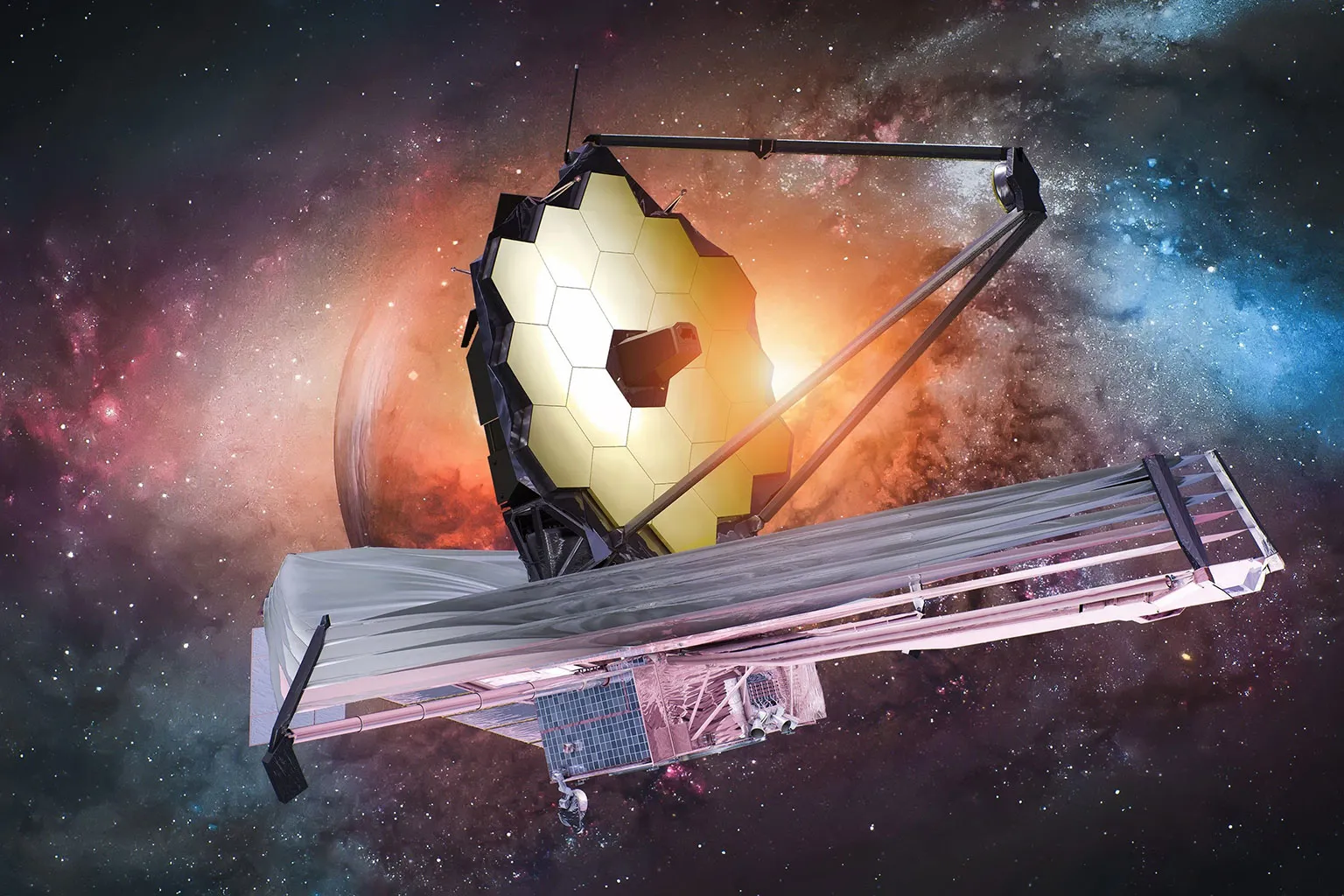
Behind the Scenes: How JWST Launched and Reached L2 Orbit
Launching such a complex observatory required careful planning and precision. The James Webb Space Telescope was carefully folded and packed into a rocket, then sent into space from French Guiana. This smooth and successful launch marked the first big step in this incredible mission.
After launch, the telescope began its long journey to the L2 orbit, located about 1.5 million kilometers from Earth. This spot is perfect for a deep space observatory because it allows JWST to stay in line with Earth as it orbits the Sun.
To get there, the telescope unfolded its huge sunshield and mirrors step-by-step, a carefully controlled process that took several weeks. Once at L2, the NASA Webb mission could begin its main work, observing distant stars, galaxies, and planets with incredible clarity from its stable and cold location.
James Webb's First Images: What Did We See?
The James Webb Space Telescope surprised the world with its first images, showing space in ways never seen before. These pictures revealed stunning details of distant galaxies, colorful nebulae, and star-forming regions. Unlike older telescopes, this next-generation telescope can see farther into space and in infrared light, allowing us to explore hidden parts of the universe.
One of the most exciting aspects of these images was their sharpness and clarity, showing galaxies that formed billions of years ago and helping scientists learn about the early universe. The telescope’s powerful instruments captured faint light that traveled across space for millions or even billions of years, giving us a glimpse of cosmic history.
These initial images also included detailed views of a nearby star cluster and a planet-forming disk around a young star, offering clues about the origins of our solar system. In summary, the James Webb Space Telescope’s first images are a new window into the universe’s past and present.
The Instruments Inside James Webb: What Each One Does
The James Webb Space Telescope carries four main scientific instruments, each designed for a special task:
- NIRCam (Near Infrared Camera): This is the telescope’s primary imaging device, taking sharp pictures using near-infrared light. It helps scientists observe the formation of stars and galaxies far away, including the first galaxies that appeared after the Big Bang, by seeing through dust clouds.
- NIRSpec (Near Infrared Spectrograph): Acting like a space microscope, NIRSpec splits light into a spectrum. By studying this spectrum, scientists learn about the chemical elements, temperature, and other details of distant objects, observing many objects at once for efficiency.
- MIRI (Mid-Infrared Instrument): MIRI observes in mid-infrared light, which has a longer wavelength, allowing it to see cooler objects in space, such as newly formed stars, planets, and distant galaxies hidden by dust. It also includes a camera and spectrograph to analyze light from these objects.
- FGS/NIRISS (Fine Guidance Sensor and Near Infrared Imager and Slitless Spectrograph): FGS helps the telescope stay perfectly steady, while NIRISS works alongside it to take images and spectra in near-infrared light. It is particularly useful for studying exoplanets by analyzing their atmospheres, and also helps discover new stars and galaxies.
Together, these four instruments make the James Webb Space Telescope a powerful tool for understanding the universe, uncovering secrets about how stars, planets, and galaxies form and evolve.
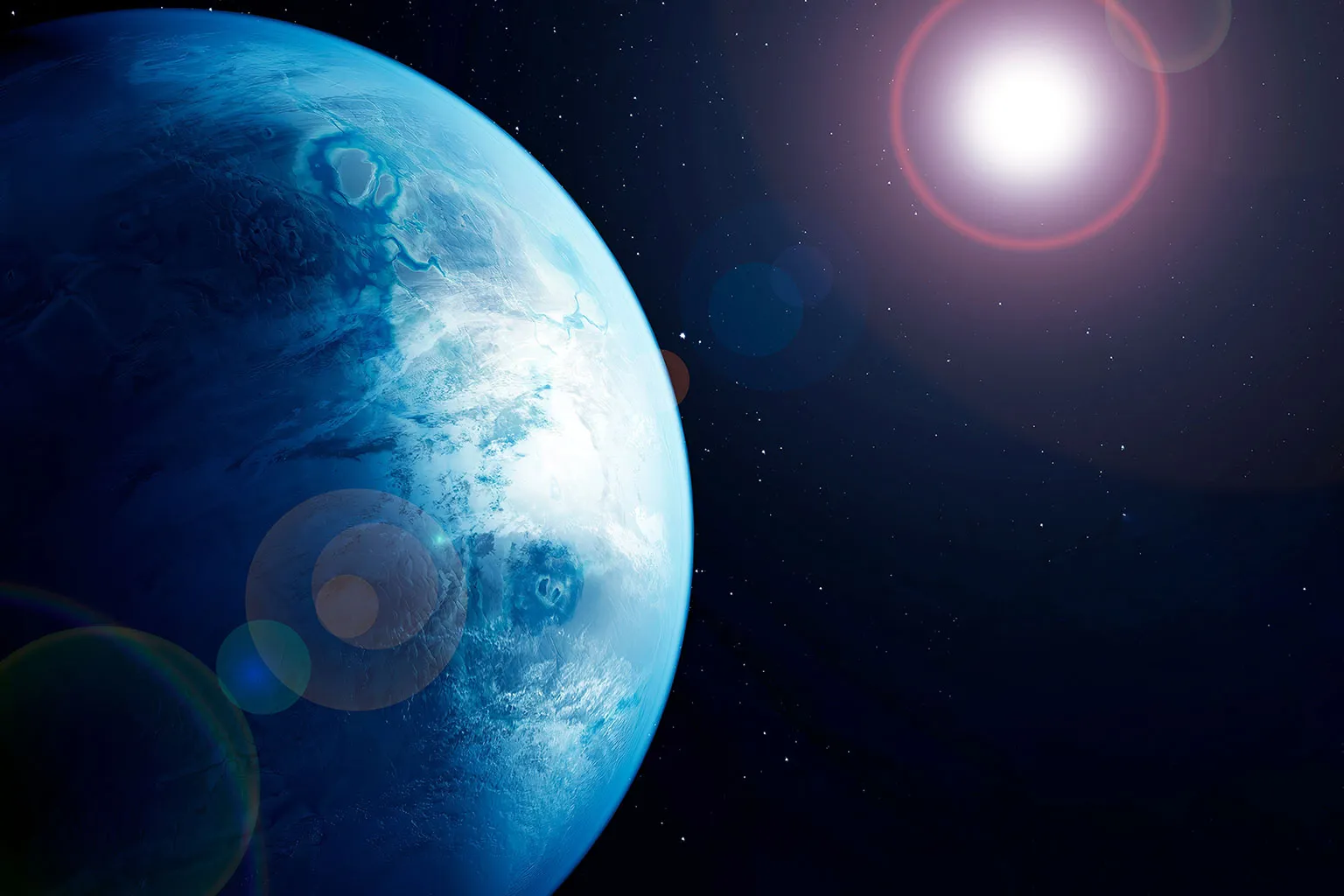 https://www.innovationnewsnetwork.com/did-the-webb-telescope-find-signs-of-life-on-an-exoplanet/47095/
https://www.innovationnewsnetwork.com/did-the-webb-telescope-find-signs-of-life-on-an-exoplanet/47095/
Can the James Webb Space Telescope Find Signs of Life?
The James Webb Space Telescope (JWST) is one of the most powerful tools scientists have to study exoplanets. One exciting goal is to look for signs of life by analyzing the atmospheres of these distant worlds.
By detecting gases like oxygen, methane, or water vapor, which could indicate biological activity, JWST helps us understand if life might exist elsewhere in the universe.
How JWST Studies Exoplanets
Using its advanced instruments, the James Webb Space Telescope observes exoplanets as they pass in front of their stars. This method, called transit spectroscopy, allows scientists to study the chemical makeup of the planet’s atmosphere.
If certain gases appear, it might suggest conditions suitable for life, making this exoplanet research one of the most promising ways to search for habitable environments beyond Earth.
The Role of Webb's Mirror Segments
A key feature of the James Webb Space Telescope is its large, segmented mirror. Made of 18 smaller mirror segments, this huge mirror collects more light than any previous space telescope, allowing JWST to see faint details and distant planets more clearly.
Its design helps capture sharp images and precise information, ideal for spotting tiny signals from exoplanet atmospheres.
JWST’s ability to study exoplanet atmospheres in detail can help answer one of humanity’s biggest questions: Are we alone in the universe?
How Much Did the James Webb Telescope Cost and Was It Worth It?
The James Webb Space Telescope was one of the most expensive scientific projects ever undertaken, with a total cost of about $10 billion over more than two decades of development. This large investment covered advanced technology, complex engineering, testing, and launching the telescope into space.
The telescope orbits around the Lagrange Point 2 (L2 orbit), which is about 1.5 million kilometers from Earth. This location allows the James Webb Space Telescope to stay stable and far from Earth's heat and light, making its observations clearer and more detailed. Setting up and maintaining a mission at this orbit adds to the overall cost but is essential for its success.
Most scientists agree that the James Webb Space Telescope was worth the cost. It provides the most powerful views of the universe, allowing us to see distant galaxies, stars forming, and even planets around other suns. This helps answer important questions about the origins of the universe and life itself, which no other telescope can do as well.
What’s Next for James Webb: Future Missions and Observations
The James Webb Space Telescope has already amazed the world, but its mission is just getting started. Scientists plan to use this next-generation telescope to explore some of the biggest questions in space science, looking deeper into space and time than ever before to understand how the first galaxies and stars formed.
One major goal for future observations is to study exoplanets. This powerful infrared space telescope can examine their atmospheres using infrared light, giving clues about whether they might support life by detecting water vapor, methane, and other important gases.
Another exciting mission involves looking at the early universe, as this deep space observatory will continue to search for the oldest galaxies, giving us a better picture of the universe’s history.
Astronomers also plan to focus on black holes, neutron stars, and other mysterious objects. Because Webb can see in the infrared spectrum, it can look through dust clouds that block the view of many other telescopes. As technology and software improve, the data from this next-generation telescope will become even more detailed, opening new windows into the universe.
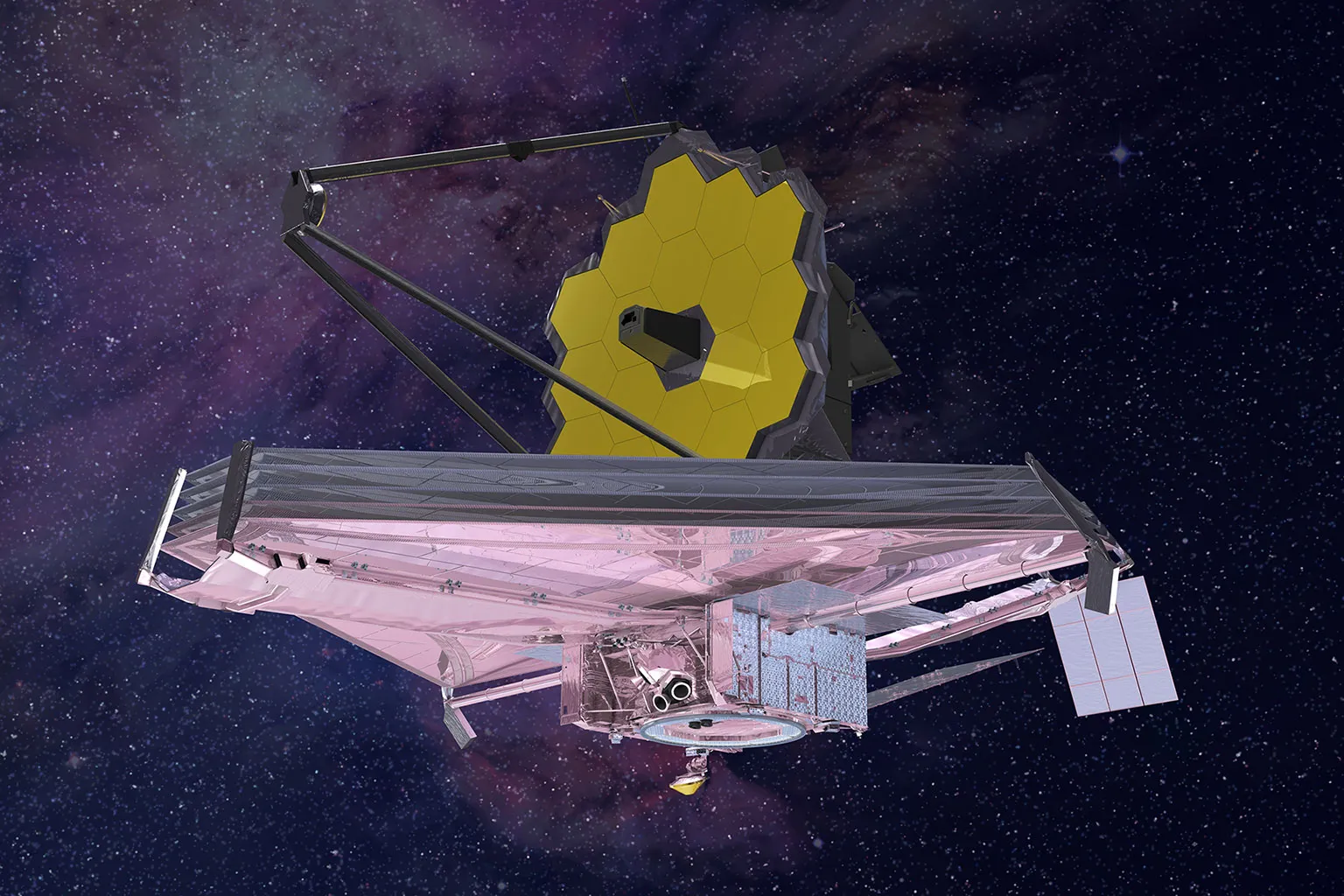
A New Era in Space Discovery
For fans of space technology and science, JWST is a symbol of what humanity can achieve through innovation and collaboration. This next-generation telescope combines cutting-edge design, engineering, and scientific goals to push the limits of what’s possible.
It has already changed how we understand the universe, and its data will inspire space research for decades to come. Whether you're passionate about space science, astronomy, or the search for life beyond Earth, the James Webb Space Telescope offers something truly extraordinary, bringing us closer to answering life’s biggest questions.
FAQ
1. What is the James Webb Space Telescope?
It’s a powerful space telescope that helps scientists see deep into space to study stars, planets, and galaxies.
2. Why is it better than the Hubble Telescope?
It can see farther and in more detail, especially in infrared light, which helps view very distant and old parts of the universe.
3. What can the James Webb Space Telescope see?
It can see the first galaxies, faraway planets, and stars forming, things we’ve never seen before.
4. When was it launched?
The telescope was launched on December 25, 2021.
5. Where is the telescope now?
It is in space, about 1.5 million kilometers from Earth, in a spot called Lagrange Point 2 (L2).
6. How big is its mirror?
The mirror is 6.5 meters wide, much larger than Hubble’s, which helps it collect more light and see better.
7. Can it find signs of life?
It can study the atmospheres of faraway planets, which may indicate whether conditions for life exist.
8. How long will it work?
The telescope is expected to operate for at least 10 years, depending on the availability of fuel and the conditions in space.
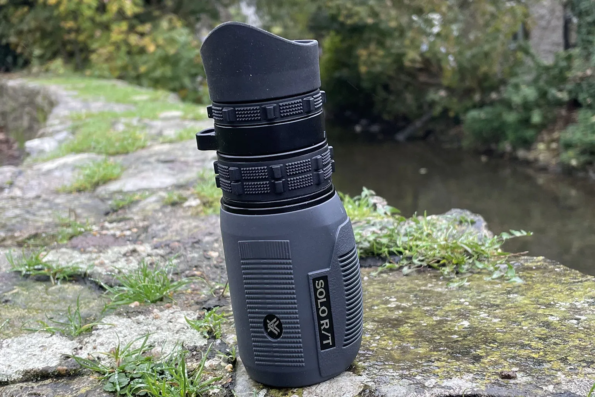
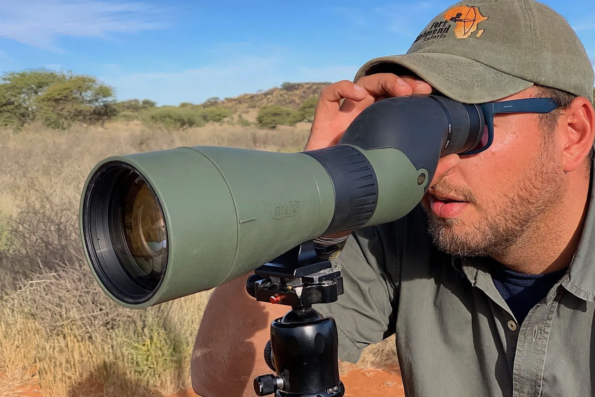
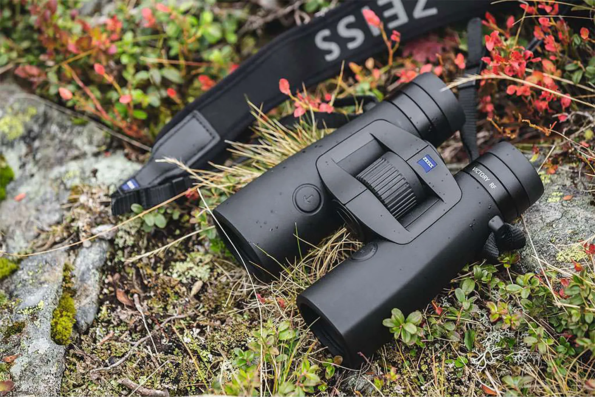
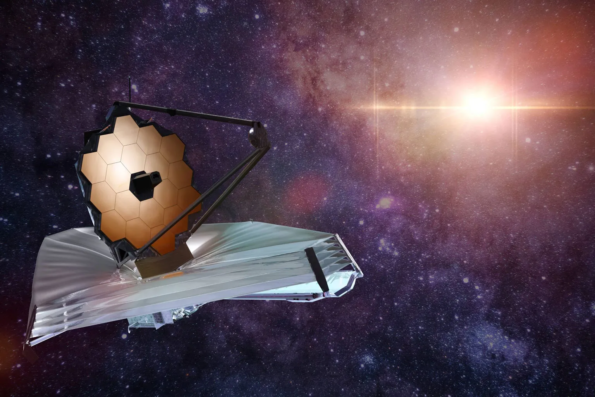
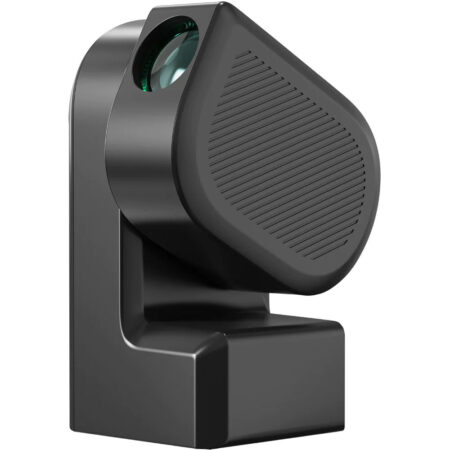
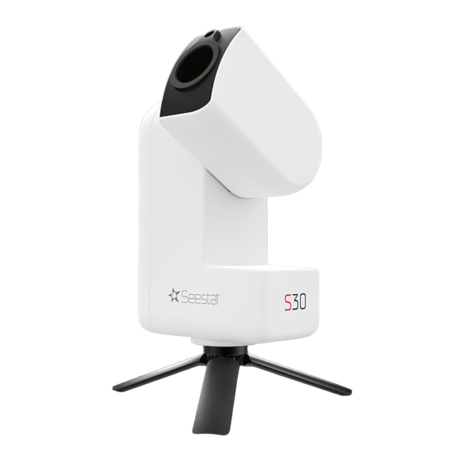
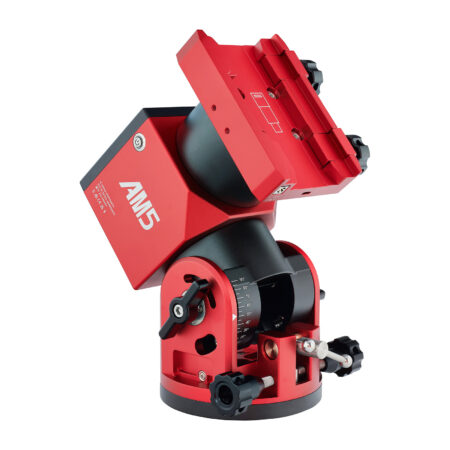
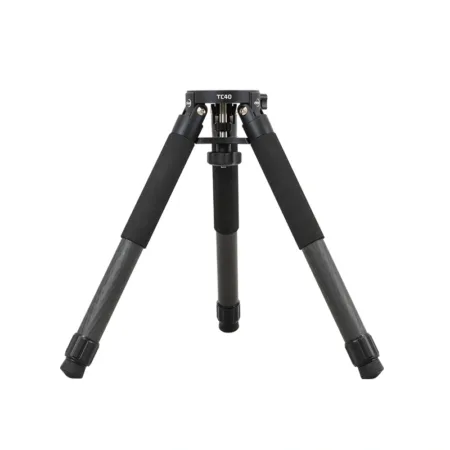
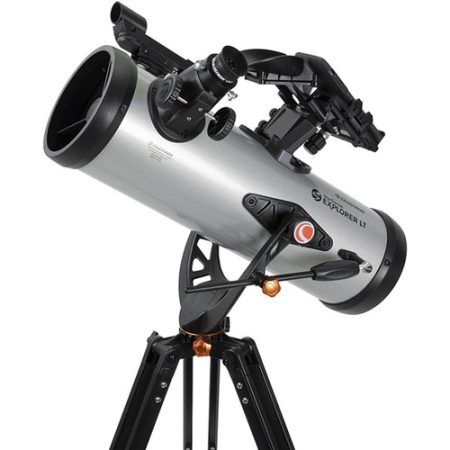
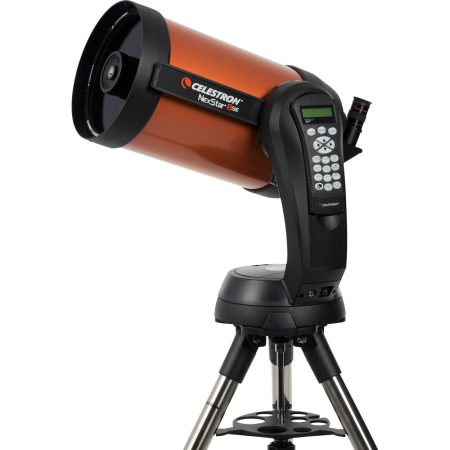
No Comments